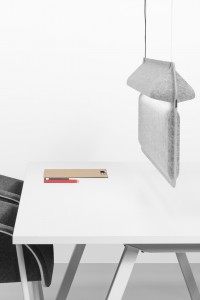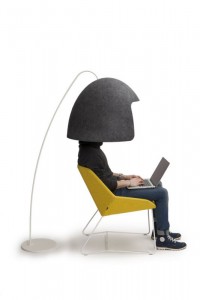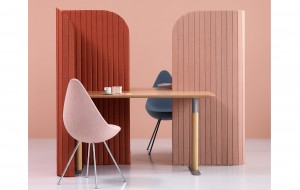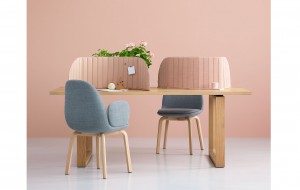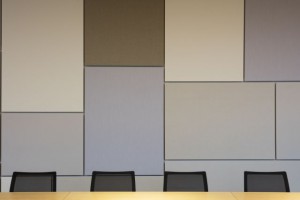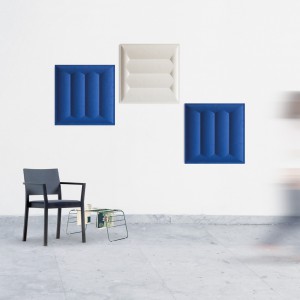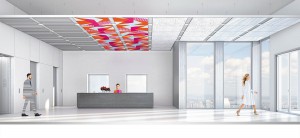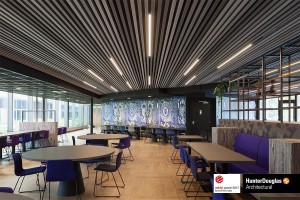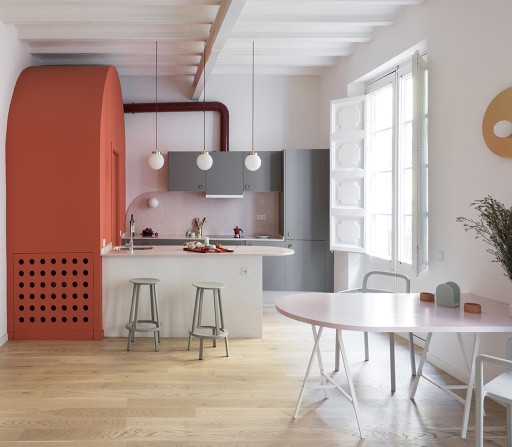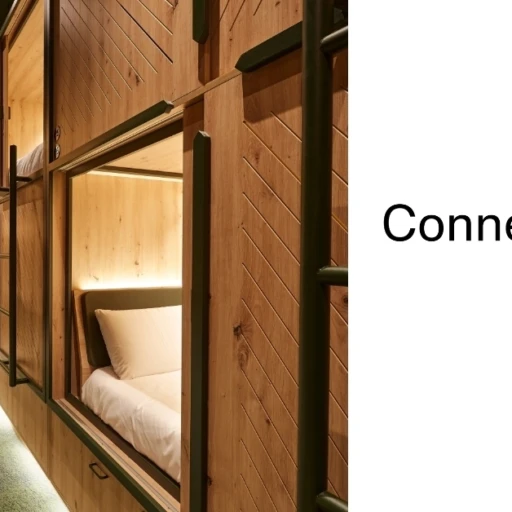When noise enters the workspace, creativity and productivity go out the window. That’s why manufactures of office furniture have thrown themselves into designing elements that limit and absorb excessive noise, creating pleasant workspaces that improve performance.
A few years ago, nobody gave a lot of importance to the aspect of sound, but the trend for open-plan designs, particularly in new workspaces, has put sound at the forefront of design. Many of the solutions that will be presented this week at Orgatec, the major office furniture and workspace design fair, are sure to take this aspect into account. Today we’re bringing you a sample of the most innovative solutions on the market.
Acoustic furniture
These new demands related to acoustics are not new to furniture design, and we can find companies like the Swedish Glimakra that offer different office furniture solutions which absorb sound and that are made by combining wood and textiles.
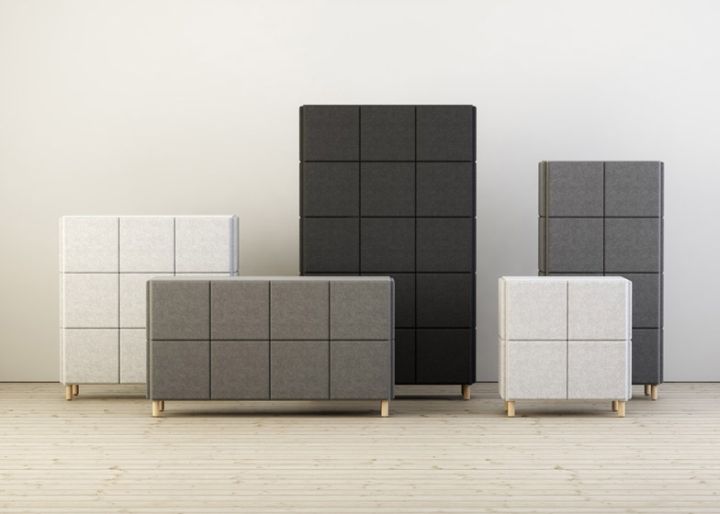 Photo: Glimakra
Photo: Glimakra
Private and flexible spaces: the new intimacy
Another way of combatting noise in new open-plan workspaces is by incorporating dividing elements which provide privacy and encourage concentration. Some examples are the original Tomoko, inspired by the shape of a cocoon, suspended partitions from De Vorm, or the Focus line from Zilenzio, with a flexible and easy-to-transport screen which allows you to take your own private space with you wherever you go.
These elements also allow you to play with the layout of the room, creating different arrangements depending on your needs. This is what the Focus, Offizz, and Kyoto screens from Zilenzio allow you to do.
Photos: De Vorm | Vivero | Zilenzio
From head to toe
If you want to take it up a notch, there are different wall panels which offer solutions that provide very contemporary designs and the possibility of personalising them, as well as improving acoustics. You can opt for a whole wall with the Elements modular system from Kvadrat, or something like Woopies from Vyva Fabrics, which are panels made from 100% Swiss wool that reduce noise, neutralise odours, and reduce environmental pollution.
Going beyond the wall, absorbent materials can even reach the ceiling with Heartfelt and Techstyle, architectural felts made from glass fibres from Hunter Douglas. And if need, be, textiles such as felt or velvet can be put on floors too.
Fotos: Kvadrat| Vyva Fabrics | Hunter Douglas
Light which absorbs sound
No space is complete without light. So why not combine both functions? Nordic company Muuto has created a hanging felt lamp made from recycled plastic in the shape of a bell which absorbs sound.
Another way to improve acoustics and to decorate is the Hexagon system from Neonny, a multifunction product which combines an acoustic ceiling with the latest technology in LED lighting.
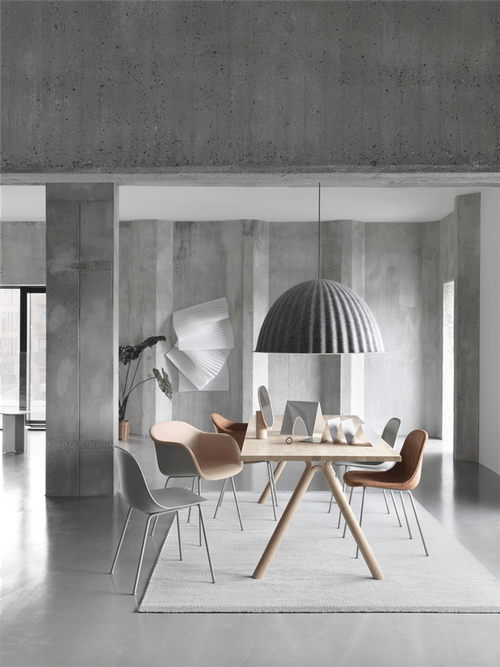 Photo: Muuto
Photo: Muuto


